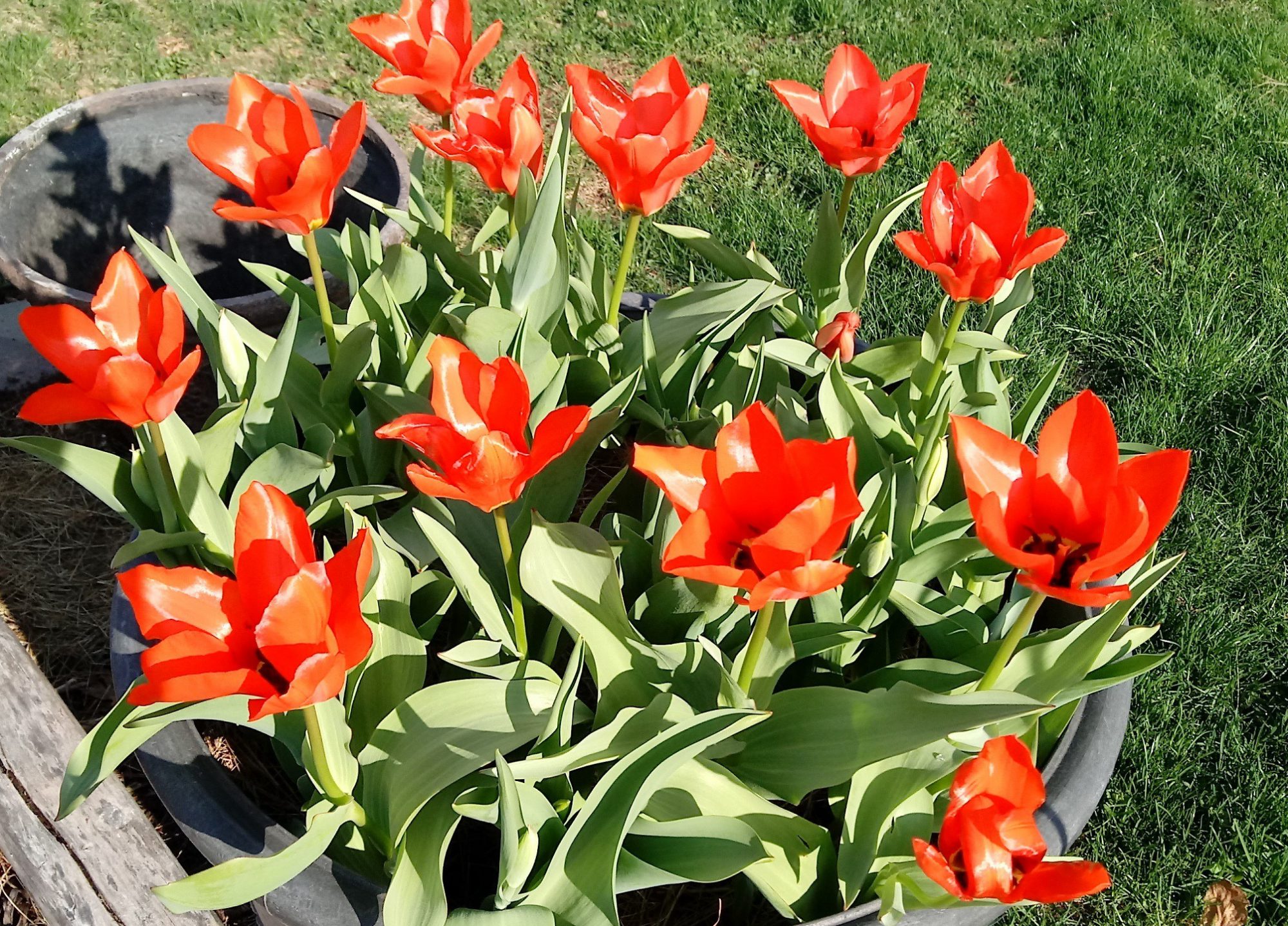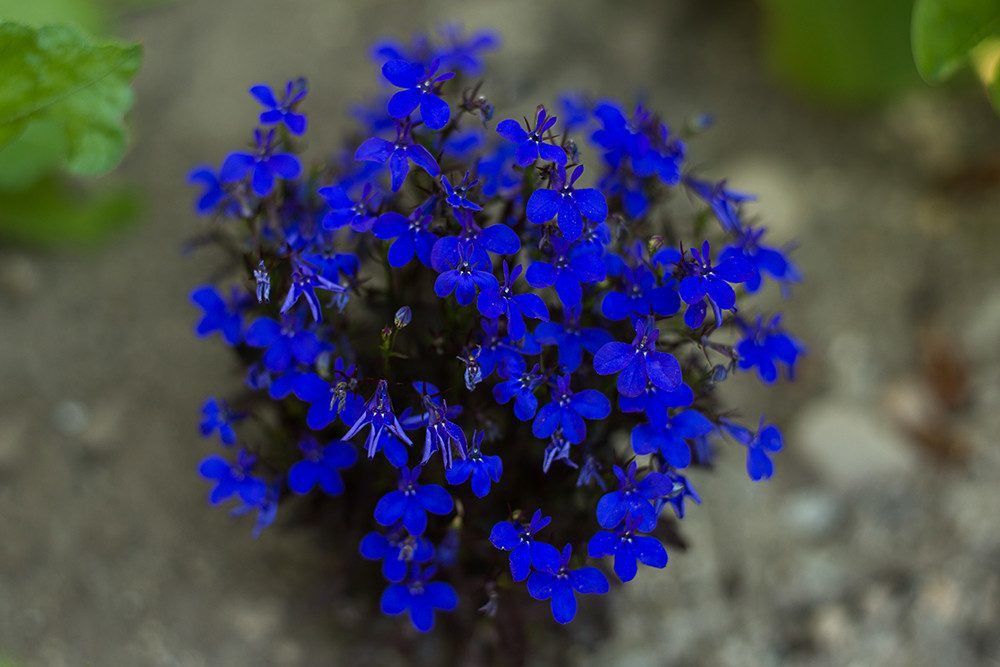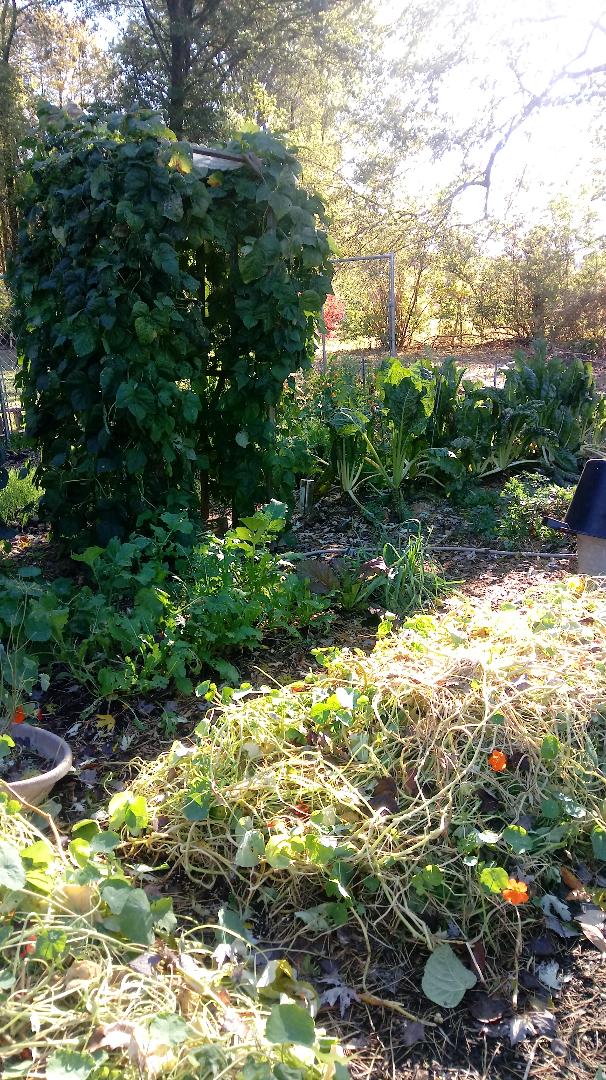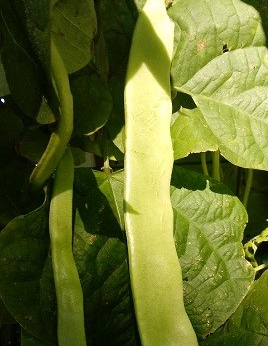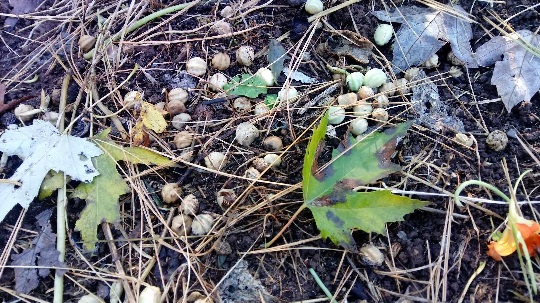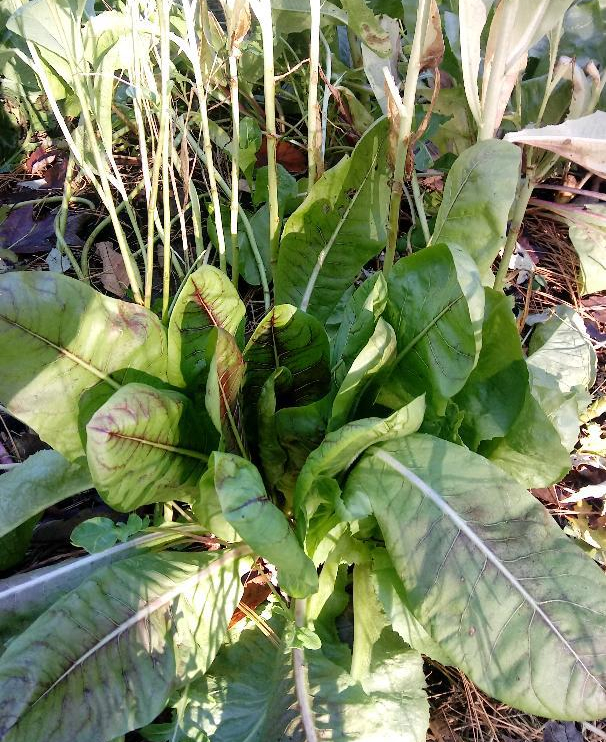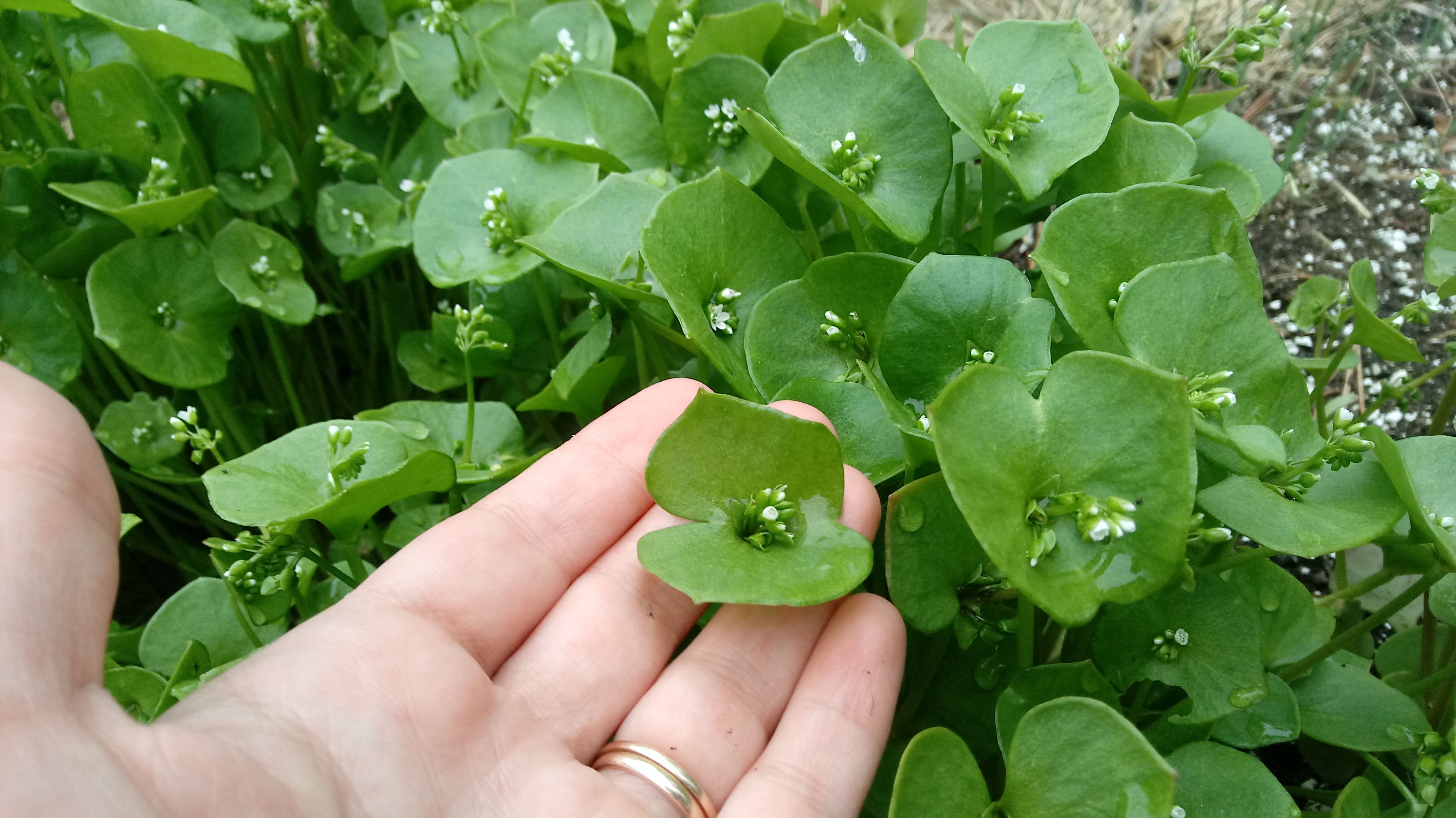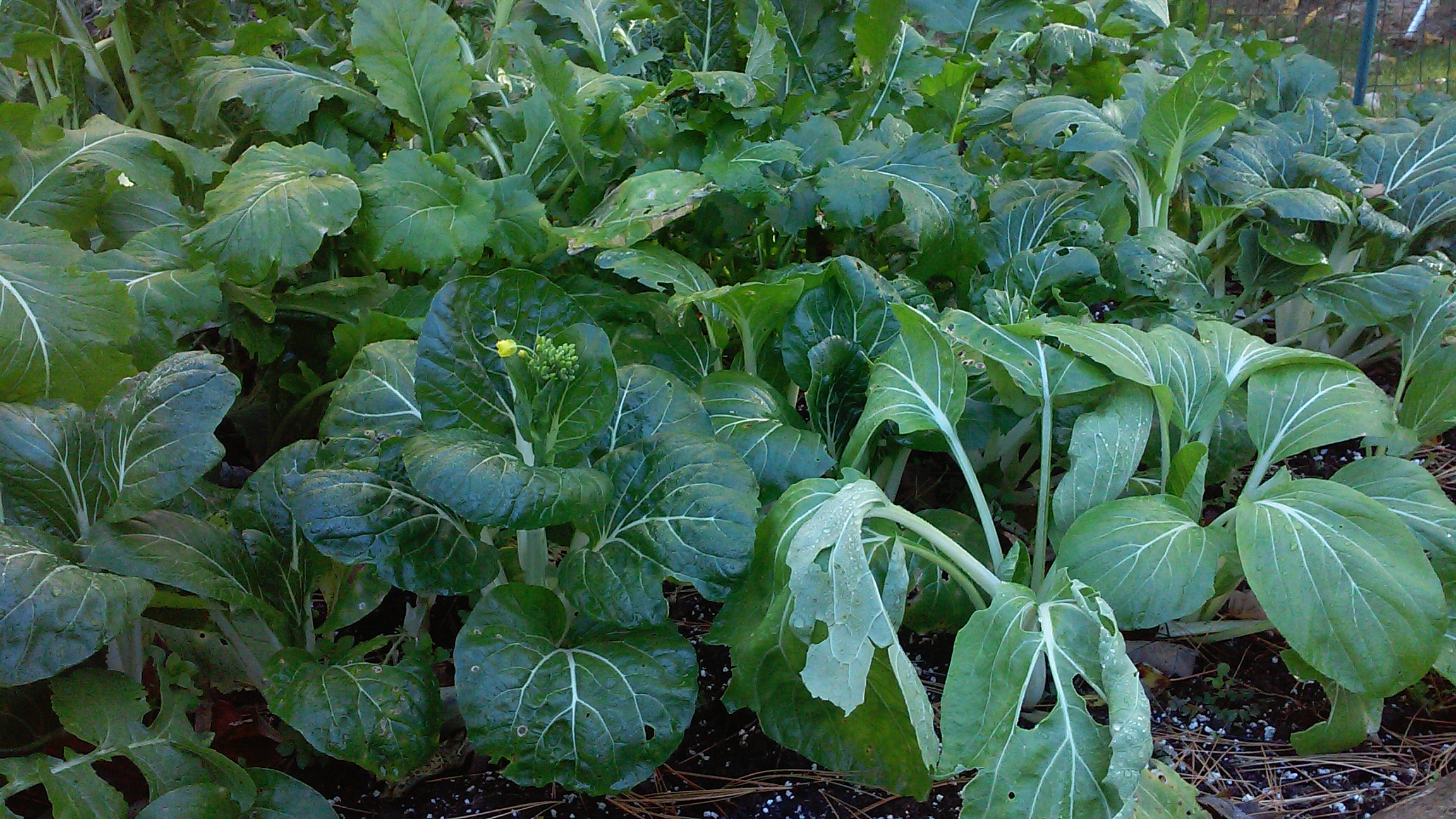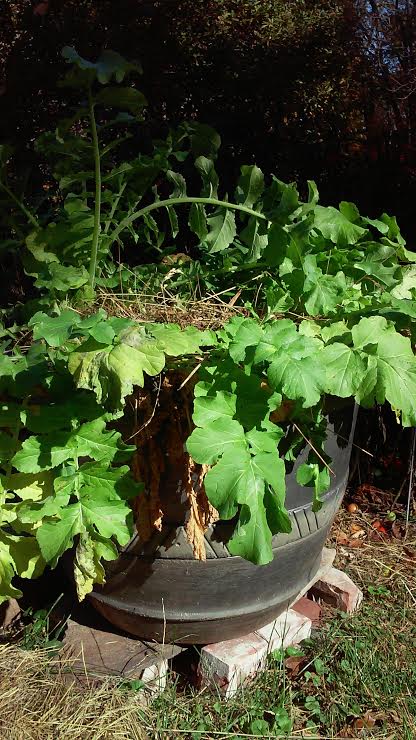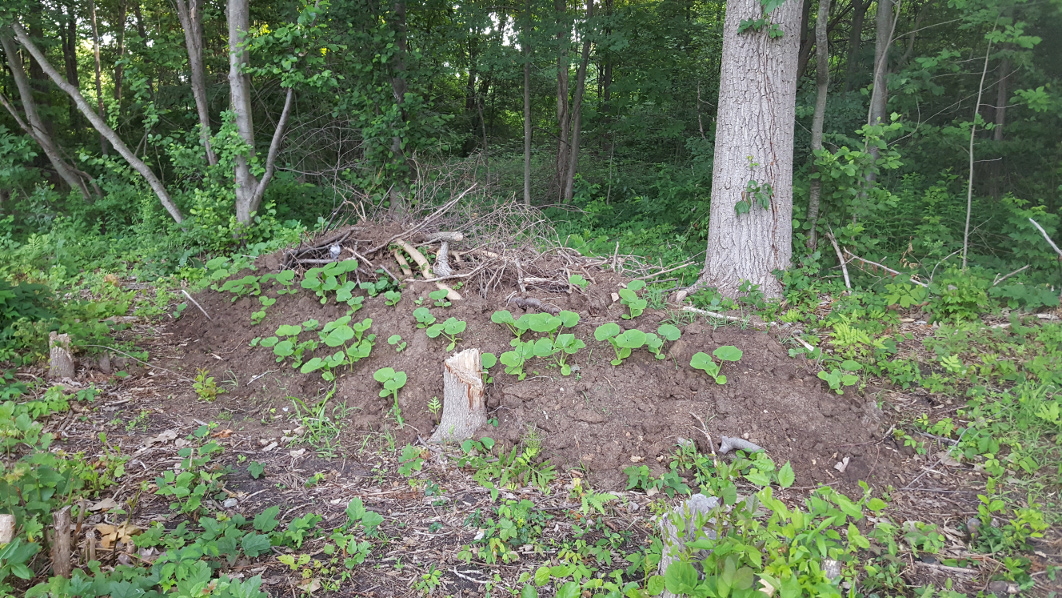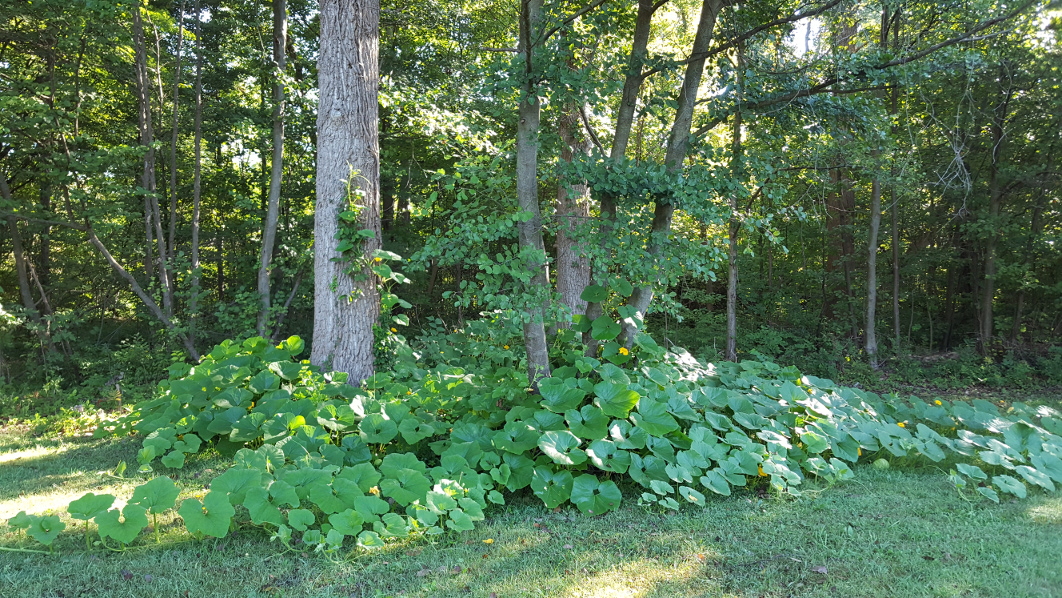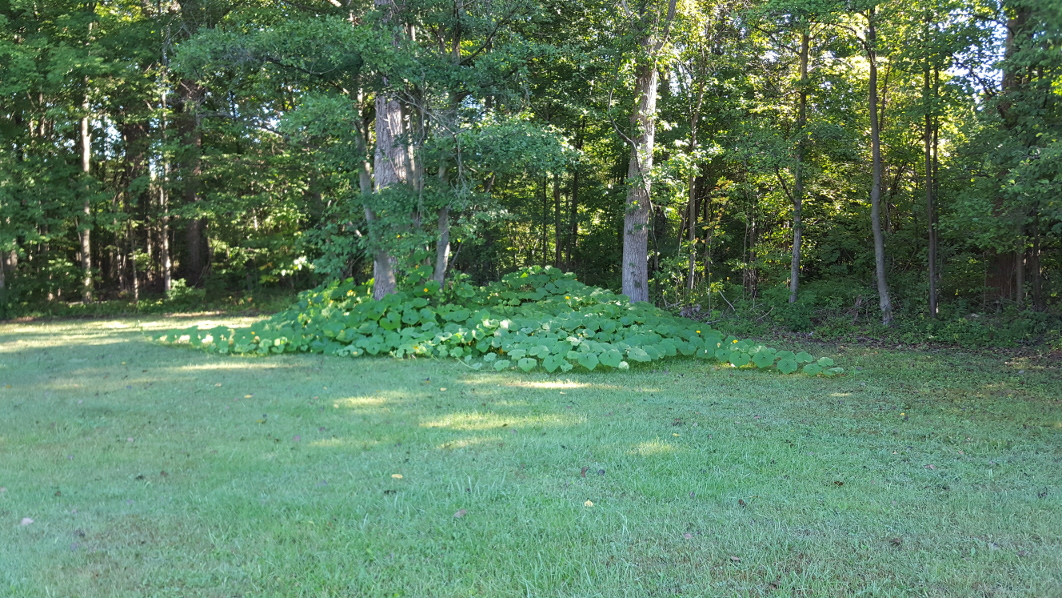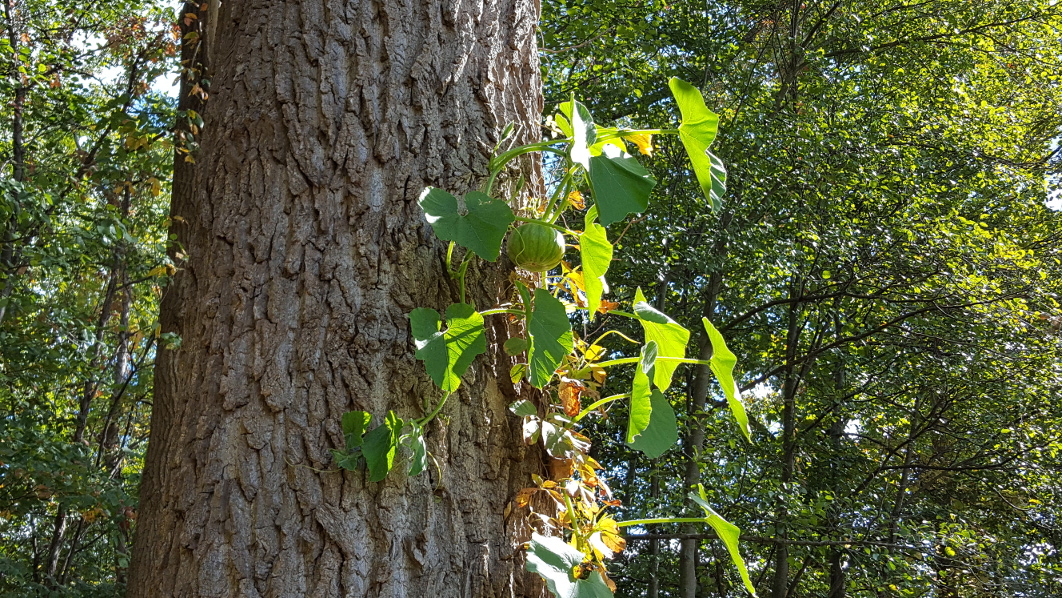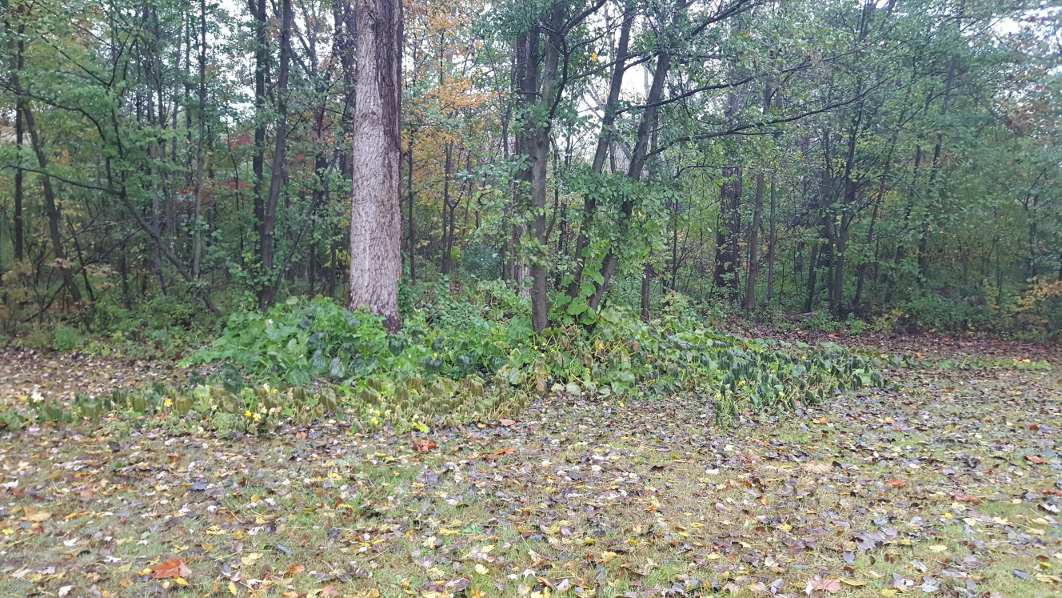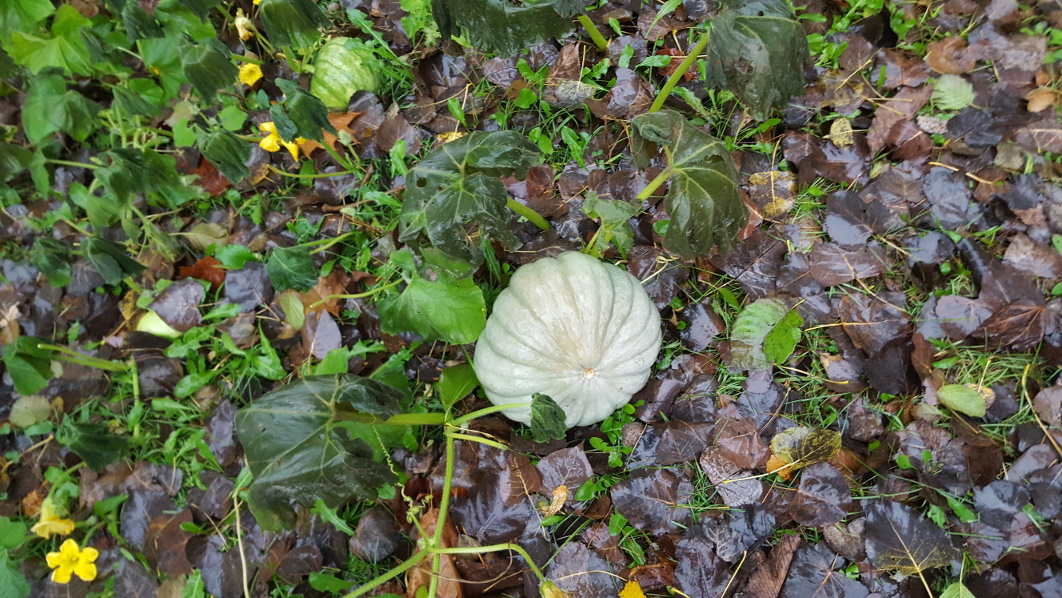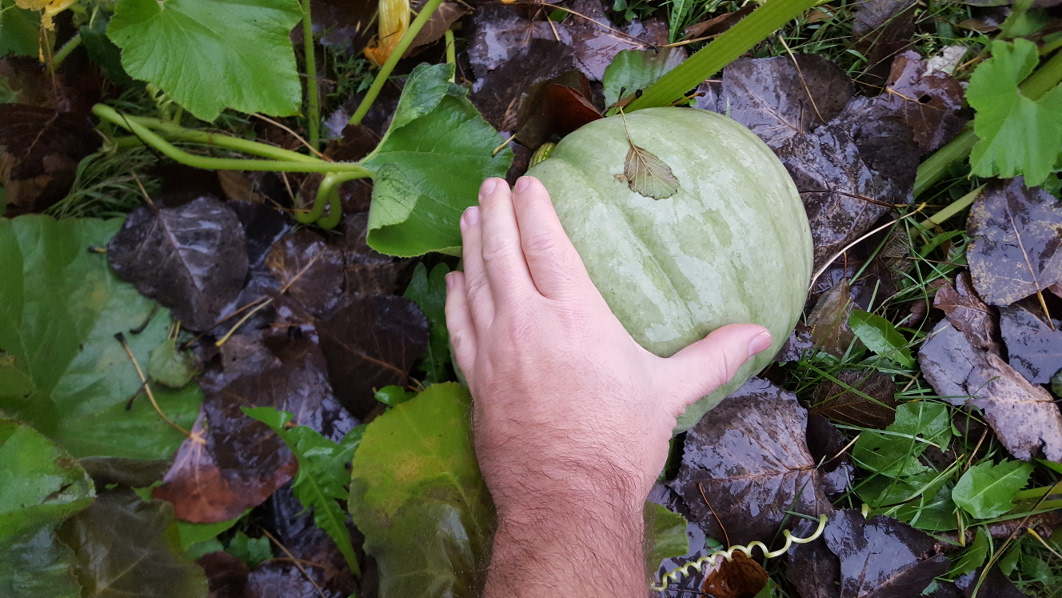
These are the gals. They are Red Star chickens, which is not a breed of their own, but a hybrid of a Rhode Island Red chicken and a white rooster whose breed name escapes me right now because I don’t care. I find them to be sweet and gentle.
They look pretty uniform but I can tell them apart by their combs. The lady with the tallest spikiest comb is kinda dominant and so I named her Queenie. Then the one with the smallest, barely-there little comb is Ethel. Anybody can take anything away from Ethel and she doesn’t do anything about it. The two with the medium combs I call “Mike and Ike, they look alike.”
Queenie has a weird habit. She will fixate on one spot on an object, usually plastic, like the side of their water bucket or the dirt pan, and just peck that one spot ceaselessly for like 20 minutes or more. I called the chicken people and they said that’s a new one on them. They suggested I get something to distract her, like chicken xylophone or something. I told them the sound of the tapping is annoying enough, I don’t want to hear whatever music a chicken can come up with.
We got a little enclosure so they can get out of the chicken tractor and move about a bit and dig in the dirt pans etc. They like the giant mustard leaves and beet greens I throw to them. I’m moving them about the yard.
So of course they do cute things, like fall asleep in the sunshine or in the dirt bath, lie down on their sides and appear silly or broken, crouch down for pets, follow my movements, etc.

Their tractor is pretty heavy to move even with the wheels. I’m disappointed it’s so difficult to move around the garden beds that I gave up on the one thing I really wanted them to do, which is work/ tear up the garden beds and deposit their manure there.
After years of freedom, our last pets having passed on long ago, it’s hard to be tied down to caring for creatures again. I’d rather not. I was invited to a trip later this summer but can’t go because of this responsibility I took on. Also, the smell and dealing with the poops…
This has been a good education. I now know that I have zero interest in building a coop or keeping chickens of my own.
I’m just going to enjoy their antics and their eggs for the rest of the summer.
